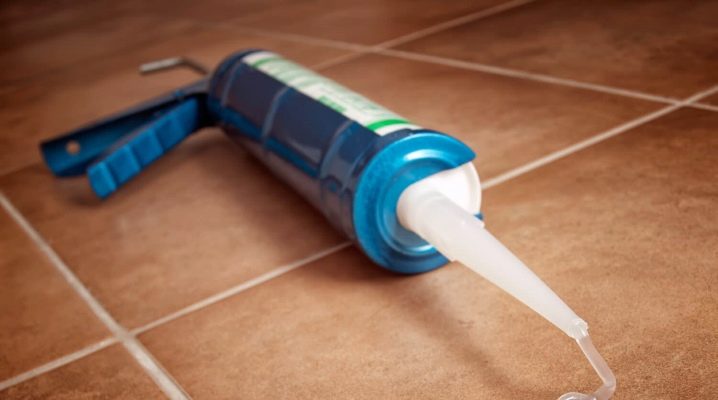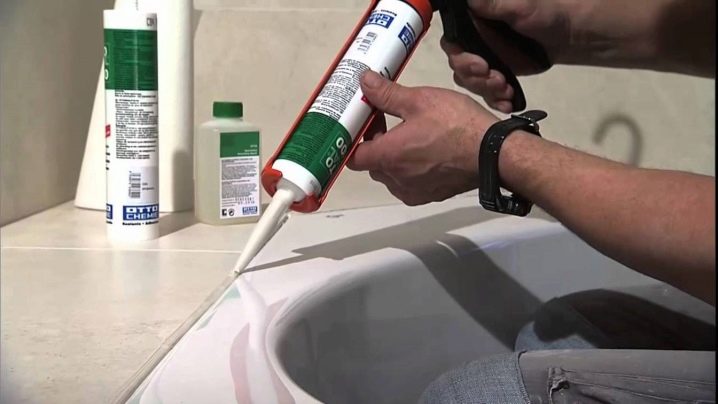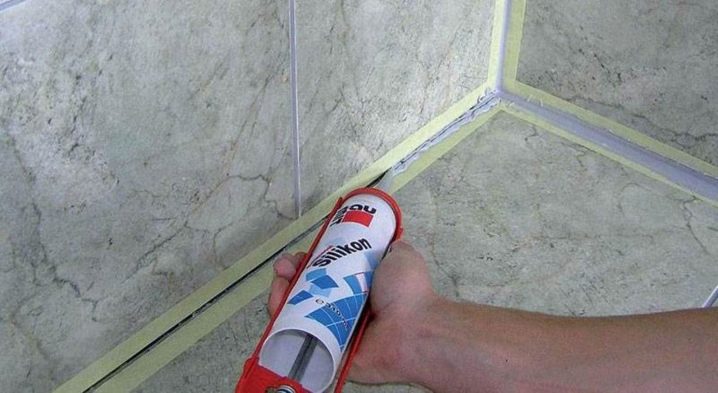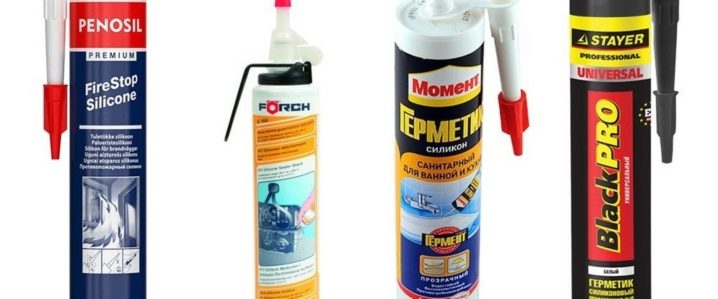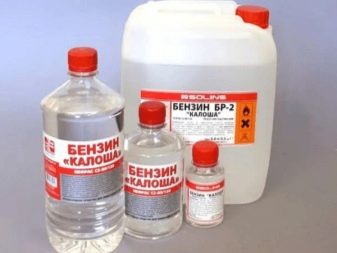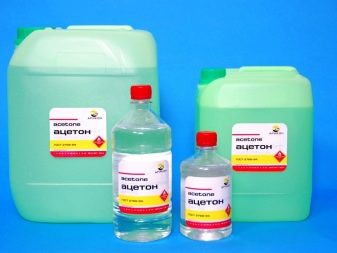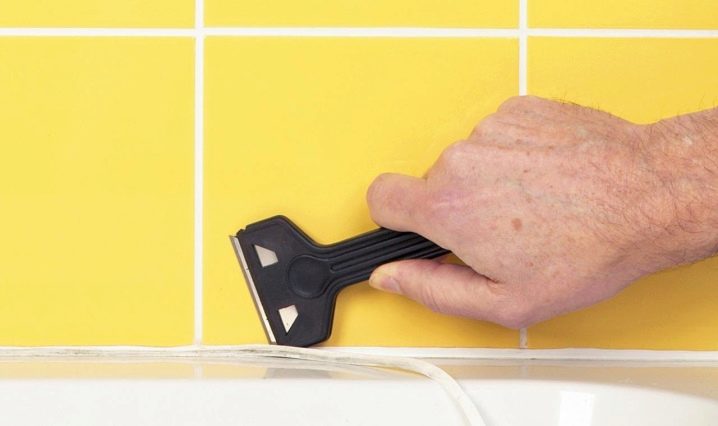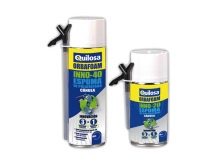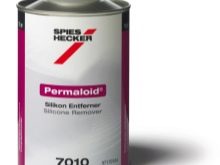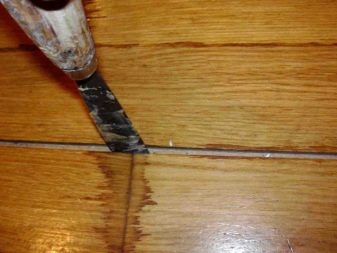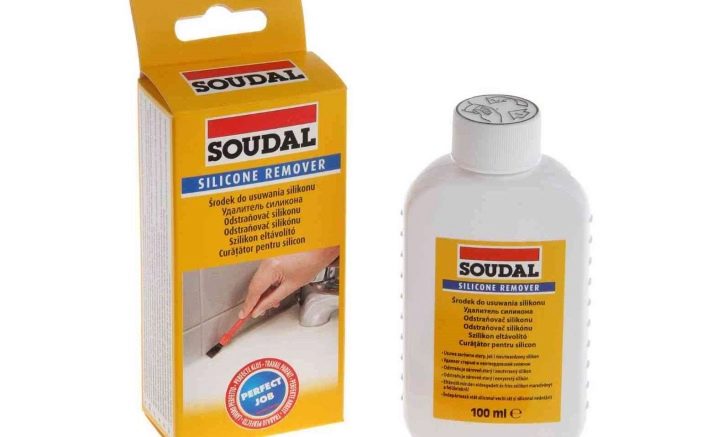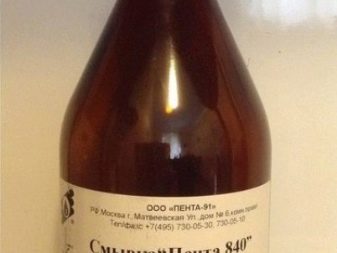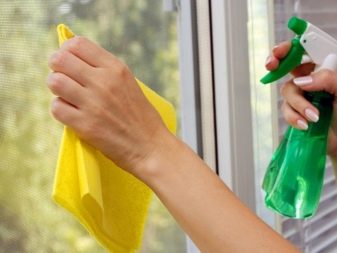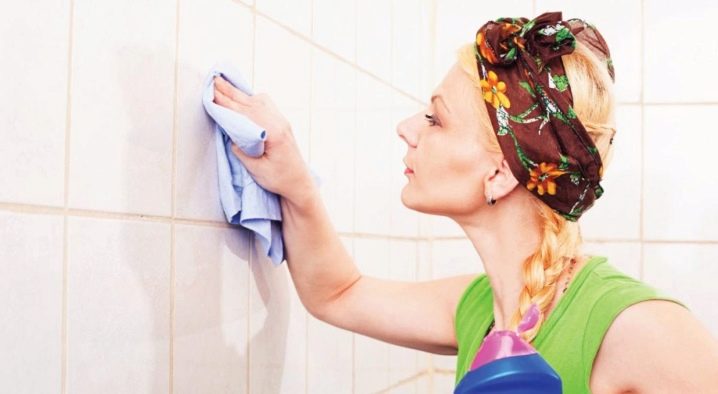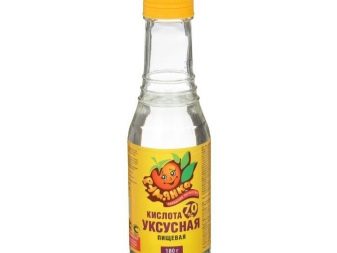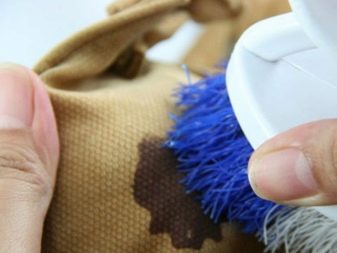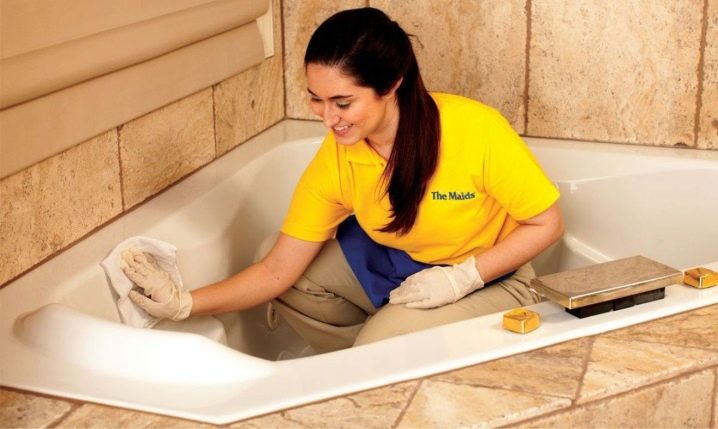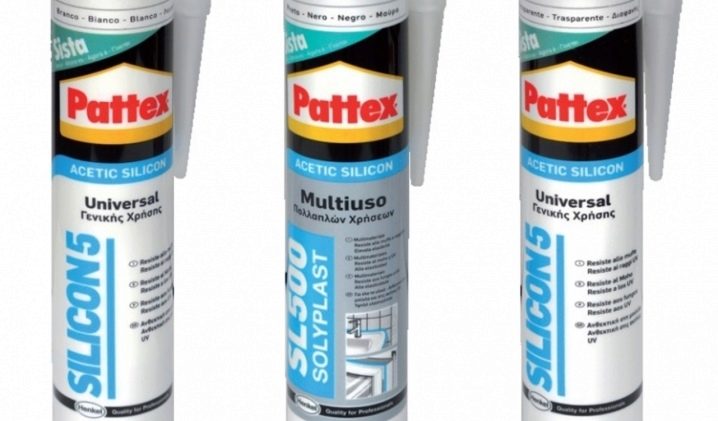How to dissolve silicone sealant?
Silicone-based sealants are widely used in decorating, for tiling and plumbing joints. In certain cases, it may be necessary to dilute the mixture to a liquid state for its subsequent removal. Than to dissolve the silicone sealant, it will be useful to know to everyone who is up to the repair with their own hands.
Material Features
Silicone-based sealant has excellent technical characteristics, which is why it is so often used in decorating.
Consider the main characteristics and features of the material in more detail.
- Resistant to moisture. Silicone-based sealant is almost indispensable in the bathroom.
- The mixture adheres perfectly to almost any material and reliably fills the gaps and seams.
- Resistance to temperature changes. It is also worth noting that the mixture can withstand the effects of both very high and low temperatures and can be operated in the mode from -50 to +200 degrees.
- Good elasticity. Due to this quality, the sealant does not crack when dry. In addition, the mixture can be applied to areas that are susceptible to deformation.
- The majority of modifications of silicone sealant include fungicides, which are antiseptic. Thanks to this component, the mixture prevents the appearance and spread of microorganisms.
- High strength.
The considered advantages of the sealing compound can present certain difficulties when it comes to removing the sealant. It is impossible to completely remove the frozen layer of the mixture using the mechanical method. In order to clean the coating well, it is necessary to resort to chemical means that will soften or dissolve the sealant.
Kinds of solvents
When choosing a remedy for dilution of a frozen sealant, it is important to take into account some peculiarities of its composition.
Silicone-based blends are divided into three main groups.
- Based on acids. Acetic acid is used in the manufacture of this type of silicone solution. Such material differs in the small price and not so pleasant smell. The composition is incompatible with some metals and marble.
- Based on alkali. This type of mixture is made on the basis of amines and, as a rule, has a specific purpose.
- Neutral. They are considered universal formulations that are suitable for almost all materials.
In the modern market of building materials you can find special impregnations to dilute the sealant. However, folk remedies are no less effective and will help in a situation where the composition was not at hand.
Improvised means
The use of folk remedies for diluting the sealing compound is convenient primarily because the solvent mixtures will be found in almost every home. If there is a need to wash off the still not frozen sealant, you can use plain water and a rag.This method is suitable only when more than twenty minutes have not passed since the moment the mixture was applied.
Minor traces of the encapsulant can be removed with gasoline or kerosene. Silicone blends can also be treated with acetone or acetone containing solutions.
Special formulations
One of the most popular means for diluting silicone sealant is Penta-840. This solution is suitable for application on almost any surface. The disadvantage of the mixture is the high cost.
The process of diluting silicone sealant at home with Penta-840 pretty simple. It is necessary to apply the solution to the area that needs to be cleaned and leave for the time indicated on the packaging of the goods. After that, the softened silicone can be easily removed from the surface.
A cleaner can be used to soften fresh sealing compound. Quilosa limpiador. The product is suitable for all types of hard surfaces.
Means Permaloid is ideal for removing solidified sealing layer from plastic. It does not dissolve plastic, and also does not leave any traces on the material.The cleaner is also used to clean metal surfaces and car parts.
Cleaner Dow Corning OS-2 it is intended for cleaning of surfaces before the subsequent processing by paints and varnishes, sealants or glue. The tool is safe for human health and can be used for cleaning surfaces that come into contact with food.
Paste for removing hardened silicone Lugato silicon enterferner applied to the most sensitive surfaces. The tool can be used for stripping painted structures, wood, natural stone, tile and so on. The mixture does not spoil the structure of the material and does not affect the color and gloss of the surface.
Cleaner Silicone Remover It is produced in the form of a gel and is intended to liquefy the hardened silicone. Mixture is universal for all materials. The only requirement for the treated surface is that it must be completely dry. Silicone Remover It has a high impact rate on frozen silicone sealants. It is enough to hold the solution on the contamination for ten minutes, after which the sealing mass can be easily removed.
Remove from various surfaces
When choosing the right silicone diluent, consider the type of surface to be cleaned. Most types of solvent formulations have a limited scope and are not combined with all materials.
Plastic
To dilute the sealant to a liquid on a plastic surface, hydrochloric acid can be used. However, it is best to use special tools for cleaning plastic products. There are compounds that effectively soften the silicone, while not corroding the plastic.
Glass
It will not be difficult to clean the dried mixture on the basis of silicone from the glass at home. The material has a rather dense structure, due to which the sealant cannot penetrate deeply into it.
Dissolving the sealing substance on glass surfaces can be white spirit, specialized professional composition "Penta-840", kerosene or refined gasoline. The most effective composition in this case will be "Penta-840". It will take more time and effort to dilute the sealant with the other solvent mixtures indicated.
Tile
Most organic solvents have a negative effect on tile. If the solution gets onto the ceramic coating, then the material on the treated area will lose its original shine. Poor quality ceramic tiles should not be affected by white spirit.
When liquefying silicone sealant on a tiled surface, it is worth avoiding products that contain abrasive components. Small particles can spoil the look of the tile by scratching it. In this case, it is better to use lighter fluid or kerosene.
Hand skin
During the finishing work, not everyone cares about their own precautions. When applying the silicone compound without gloves on hands, there is a high probability of getting the mixture on the skin. If the sealant got on your hands and managed to harden, you can remove it with the help of medical alcohol.
A cotton pad should be soaked in an alcohol solution and treated with a contaminated skin area. Alcohol-containing solutions can be used instead of medical alcohol, but in this case the effect will depend on the concentration of alcohol in the mixture.
the cloth
If the acid-based silicone composition is injected onto the fabric, it will be easiest to dissolve it with a 70% solution of acetic acid. Vinegar impregnate the area with a solidified silicone composition, and then scrape the liquefied mixture mechanically.
To dissolve the sealing composition of the neutral type, you can use alcohol solutions. In this case, you can apply the alcohol-containing mixture to the contaminated area or soak the thing in a solution of water and medical alcohol until the sealant softens.
How to dilute the frozen silicone?
After choosing the right product, you can proceed to the procedure itself for diluting the sealing compound. First of all, you need to take care of your own safety. If the work will be carried out indoors, it is necessary to ensure good ventilation of the room.
Glove work, as chemical solutions in contact with the skin of the hands can severely damage it. To protect the respiratory tract from harmful fumes is recommended to wear a respirator.
The procedure for diluting the sealant is carried out in several stages.
- The solvent composition is spread over the contaminated surface. It is possible to apply means by means of a rag or a sponge.
- The solution is left in the contaminated area for a while. When using folk remedies, the time can be from several minutes to one hour. When the sealant visually becomes jelly-like, it can be removed. If a special thinning agent was used, then the exact time during which the solution needs to be kept on the sealant layer will be indicated on the product packaging.
- Under the influence of solvent mixtures, the sealing glue will soften to the consistency of a jelly or gel. Remove the remnants of liquid silicone can be a dry sponge or cloth.
- After removal of the mixture on a silicone basis, there are often greasy traces on the surface. To clean the surface of grease can be dishwashing liquid.
For information on how to properly remove silicone sealant from the surface, see the following video.
Some recommendations
Aggressive agents are often used to liquefy silicone sealants. It should be borne in mind that chemicals can affect not only the frozen mixture, but also on the surface with which they will come into contact.
Before you apply a composition to the sealing layer, it is worth testing the product on an inconspicuous surface area. If the material on which the sealant is applied has not reacted with chemicals, you can proceed to the processing of the frozen silicone mixture.
To dilute silicone-based sealants, you should not use solvents that contain a substance such as toluene. Upon contact, silicone and toluene enter into a chemical reaction, as a result of which harmful vapors are released into the air. In this case, there is a high risk of poisoning.
